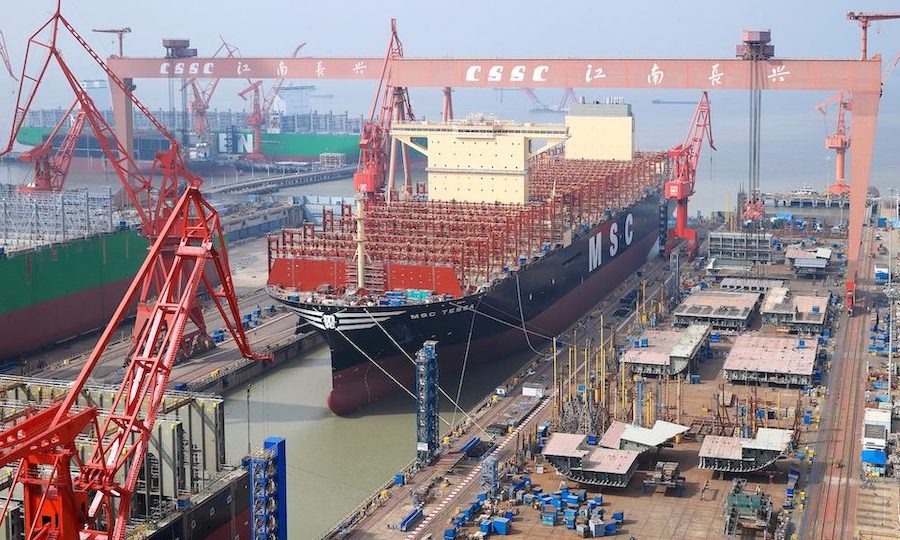Oversupply forecast to haunt liner markets into 2029
Container Shipping Faces Demand Crisis Through 2029

According to a recent report from the consultancy Linerlytica, the container shipping industry is bracing for a significant supply and demand imbalance that is expected to persist until the end of the decade. This analysis comes amid a slowing global economy and an influx of new ships from Asian shipyards, which are anticipated to drive down earnings. The report warns that fleet growth will outstrip demand, leading to persistent oversupply through 2029.
Economic Factors and Oversupply Risks
In its findings, Linerlytica outlines that the current surge in new ship orders is contributing to an anticipated oversupply scenario in 2027 and 2028, even with an increased rate of vessel scrapping. Co-founder Hua Joo Tan emphasized that the forecast does not account for any potential disruptions, such as a shipping crisis in the Red Sea. Should the industry revert to this route, it could add an additional 7% to the effective supply of containerships, exacerbating the existing oversupply situation.
The International Monetary Fund (IMF) has provided an updated outlook for global trade, projecting a growth rate of 3.5% in 2025, followed by a slowdown to just 1.9% in 2026 as the effects of cargo front-loading diminish. Analysts at Sea-Intelligence have expressed concerns that this projected boom in trade volumes may not align with actual demand, foreseeing a sharp decline in 2026 that poses a significant risk to the container shipping sector. The market is described as facing high uncertainty and volatility, with the potential for a sudden drop in demand being a primary concern.
The outlook for the second half of 2025 is particularly bleak, as weak demand, overcapacity, and turbulent trade policies are causing shipping lines to reassess their financial forecasts. Recently, Japan’s Ocean Network Express downgraded its projections for the fiscal year, a trend that other shipping lines are likely to follow. The Shanghai Containerized Freight Index (SCFI) reflects this downward trend, having fallen for eight consecutive weeks, undermining recent attempts by carriers to increase freight rates.
Market Reactions and Future Projections
ONE, one of the largest shipping lines globally, reported a significant reduction in its full-year profit forecast by $400 million. CEO Jeremy Nixon attributed this adjustment to ongoing geopolitical and economic challenges, including port congestion that disrupts global supply chains. Analysts from Sea-Intelligence have noted that the brief rate rally observed in early June has lost momentum, raising concerns that the anticipated peak shipping season may not materialize as expected. In a worst-case scenario, August shipping volumes could decline by up to 26% year-on-year, which would compel shipping lines to implement more blank sailings and further pressure freight rates.
Even if there is a temporary surge in demand later in the year due to U.S. importers rushing to ship goods before China’s Golden Week, experts caution that this would likely be short-lived. Further spikes in rates similar to those seen in June could occur, but they would likely be followed by another steep decline. The container shipping industry stands at a critical juncture, facing challenges that could reshape its trajectory in the coming years.
